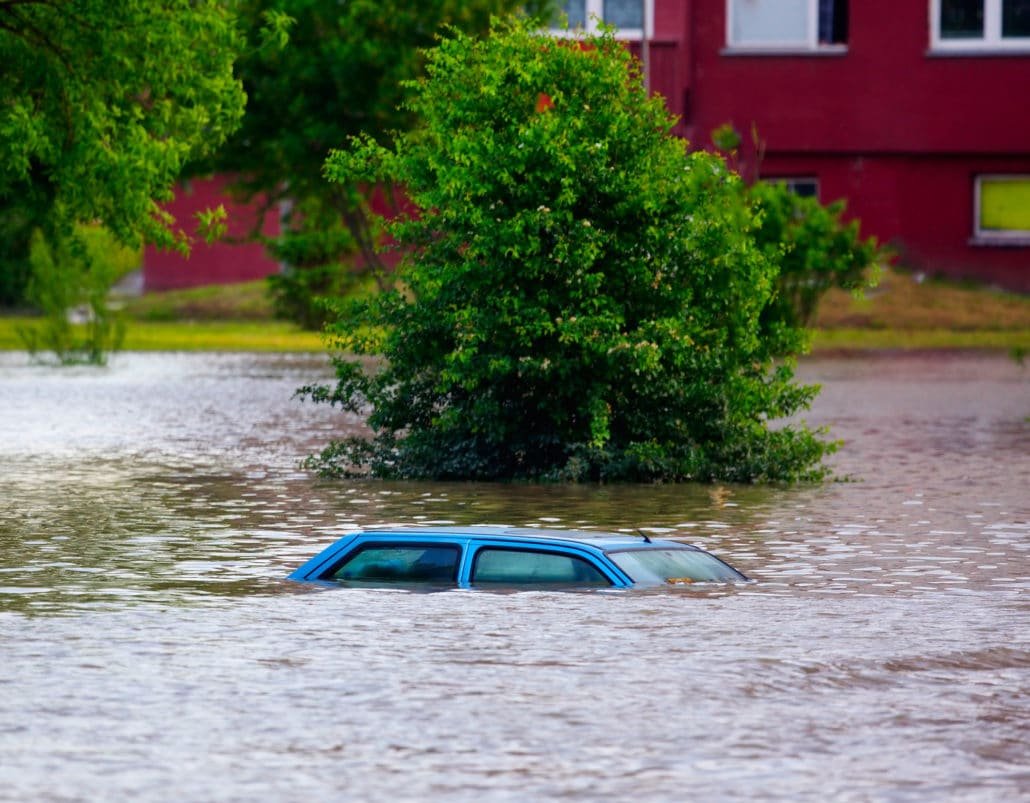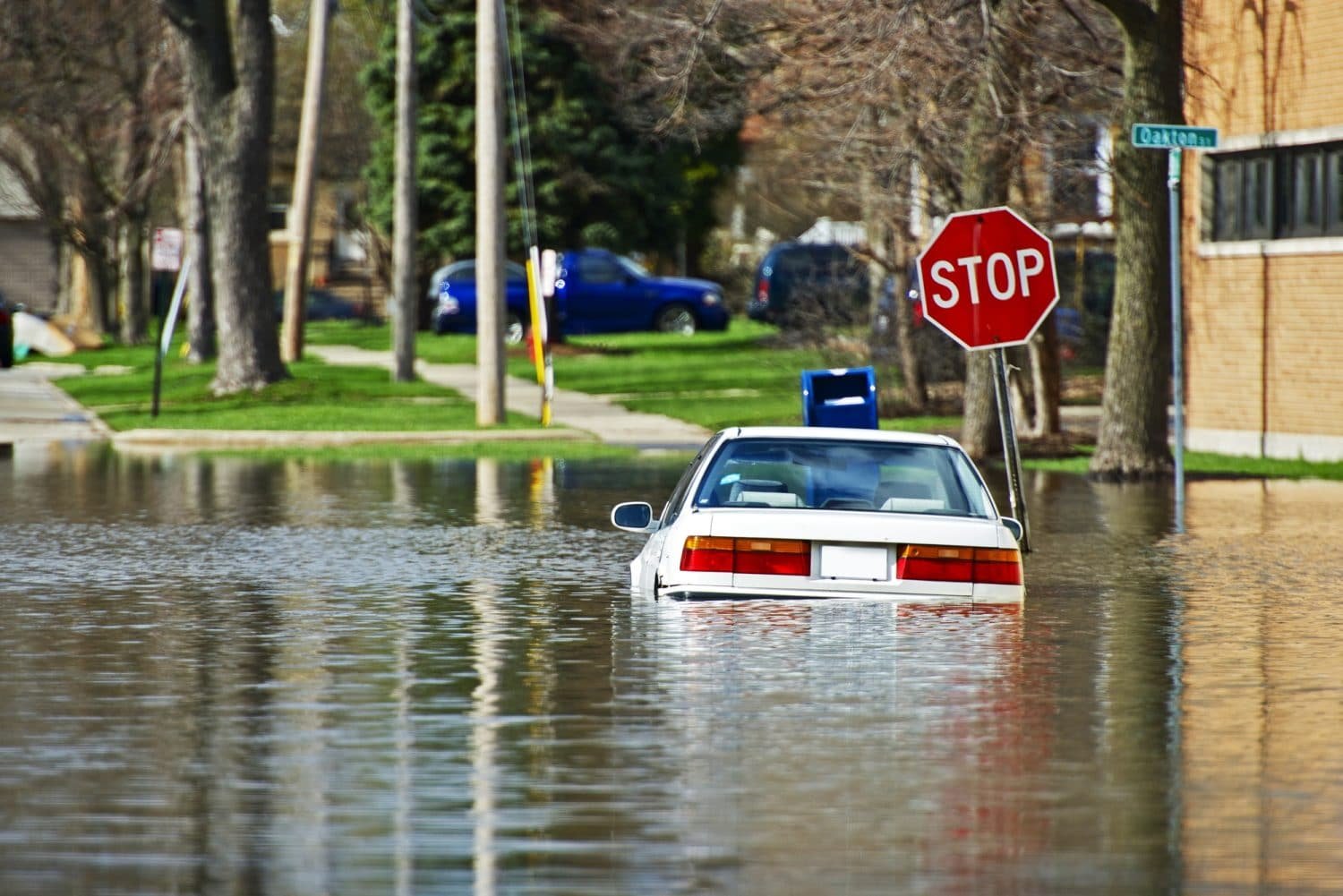Every year we see a few major hurricanes batter the coast, destroy property, affects life and immerse a bunch of cars in the flood water.
According to reports, Hurricane Irma and Hurricane Harvey destroyed more than 500,000 cars in August 2017. The flood damaged cars are scrapped through the proper channels, still, there are chances that you might find them in sale outlets. Some unscrupulous dealers and middlemen bring these cars to sale outlets without a trace of car’s soggy history.
Don’t worry!! If you are planning to buy a used car, we will help you review the basics of how to avoid a flood-damaged used car.
- Check the vehicle identification number
- See the signs of a flood-damaged car
- Electrical and Mechanical Components
- Smell
- Sight
- Look for rust under a vehicle
- Review if rubber drain plugs were recently removed
- Get a pre-purchase inspection form a trusted mechanic and examine a vehicle
- Test Drive the car

Vehicle Identification Number
Never forget to check the vehicle identification number. You can get your detailed vehicle history report on VehicleCheckUSA. So, whenever you are purchasing a used car, check the VIN and evaluate the generated report. The history of your car will help in comparison and you can find out whether a vehicle has been reported as flood damage or given a salvage title. For the details of salvage title check our blog: 5 Things you should know about a salvage title.
Check & Decode Any VIN Instantly
Get your VIN check and find hidden problems with any car! Comprehensive vehicle and accident history, service and repair information, specifications, theft status and more

See the Signs of a Flood-Damaged Car
Try to use your senses and sniff out water damage on a car. The damages caused by a flood are the same as anywhere:
Smell- Use your nose. A damp car smells strong and it is very easy to pick the musty odor. If you pick up a damp, musty smell, be suspicious and ask the dealers where the car has been.
Sight- Water patches are most visible and it can be easily identified among others. If you find any patch inside the car, try to match it with the patch you see after spilling the water on a mat. Remember, the water ring once formed never goes away!!
You can look for marks on the rugs, upholstery, ceiling fabric, seat belts and interior fabric of the car. Also, check if the fabric is recently updated. It’s a sign of red flags if you find a new rug on an old car, nonmatching fabrics or an upholstery. You can also look for the mud or silt left over from the flood. Don’t forget to check under the rugs, seats and spare tire in the trunk. Lights also trap moisture.
Electrical and Mechanical Components
A car affected by the flood may have problems with its electrical components. Make sure you check every electrical element during car inspection. Also check the windows, seats, blinkers, A/C, radio.
Review if rubber drain plugs were recently removed
Checking rubber drain plugs also helps in identifying if a vehicle is flood-damaged or not. You can locate rubber drain plugs under vehicles and under doors — and if you notice they’ve been recently removed, it is suspicious. Check about it, there might be a high possibility that the vehicle was fiddled with to drain floodwater.
Have a mechanic you trust to examine the vehicle
However much you examine a car by yourself, you cannot match up the level of an expert. It is always nice to get a used car examined with a trustworthy mechanic for peace of mind. Having a trusted car expert or mechanic give a second opinion about the state of a vehicle can make a difference. They are experienced and often times, they’ll identify things that you missed on the first review.
Related read: 10 Points to Check in a Vehicle History Report
Test drive
A test drive will help you understand the problems even better. You will be able to make out the difference between a normal car and a flood-affected car. The engine of a flood-affected car may not run as smoothly.
Every used car has a back-end story and some of them are nothing short of a nightmare. So, always look for the Vehicle History Report before purchasing a used car. It will help you know if a car has a clean history or hidden problems. We have data available for every used car sold post-1982.
Check & Decode Any VIN Instantly
Get your VIN check and find hidden problems with any car! Comprehensive vehicle and accident history, service and repair information, specifications, theft status and more

